Obituaries
Werner von Trapp and John P. Henebry
The singer whose family inspired The Sound of Music
Werner von Trapp was 7 years old when he lost his mother to scarlet fever, in 1922. Four years later, his father, Baron Georg von Trapp, hired a young exnun named Maria Kutschera as a tutor. The baron, a former U-boat commander in the Imperial Austrian Navy, was an avid musician who demanded that each of his seven children master a musical instrument and take singing lessons. Werner, a tenor and cellist, and his siblings often entertained family and friends with evenings of Viennese folk songs. Maria taught the children to sing madrigals. In 1927, Baron von Trapp proposed to Maria by asking her to become “the second mother” to his children. In her autobiography, Maria wrote that she had fallen in love with the children, but not with von Trapp. “God must have made him word it that way,” she said of his marriage proposal, “because if he had only asked me to marry him, I might not have said yes.” In the early 1930s, the family lost much of its wealth in the worldwide Depression, said the Los Angeles Times. Werner and his siblings began to sing professionally to earn money, and in 1936, the von Trapps won first place in the Salzburg Music Festival. But after the Nazis annexed Austria, the baron—who once declined a request that his family sing at Hitler’s birthday party—decided to flee Europe. In The Sound of Music, a largely fictionalized account of their experiences, the family is shown crossing the Alps on foot into Switzerland. In fact, they took a train to Italy, and then sailed to the United States. Soon after arriving in New York, they began a concert tour and became a sensation. The family also bought a rundown farm in Stowe, Vt., and established a music camp on the property. During World War II, Werner von Trapp enlisted as a volunteer in the U.S. Army and fought in Italy for the U.S. 10th Mountain Division, said the London Independent. In 1949, his stepmother, Maria, wrote her memoir about the family’s exploits and Paramount later took an option on the rights “as a possible vehicle for Audrey Hepburn.” But the book was instead turned into a Broadway musical starring Mary Martin as Maria. The screen version, starring Julie Andrews, for several years held the record “as the highest- grossing film ever made.” In the film, Werner was portrayed as the mischievous adolescent Kurt, played by Duane Chase. The von Trapp children “stopped formally performing concerts in 1957 as each sibling took up alternative vocations,” said the Chicago Tribune. Werner helped found a music school in Reading, Pa., then returned to Vermont with his wife, Erika, and six children to become a dairy farmer. After he retired in 1979, he devoted his time to weaving, making carpets from the wool of his own sheep.
The combat pilot who pioneered low-level ‘skip-bombing’
The Week
Escape your echo chamber. Get the facts behind the news, plus analysis from multiple perspectives.

Sign up for The Week's Free Newsletters
From our morning news briefing to a weekly Good News Newsletter, get the best of The Week delivered directly to your inbox.
From our morning news briefing to a weekly Good News Newsletter, get the best of The Week delivered directly to your inbox.
John P. Henebry was serving as operations officer of an Army Air Force bomber squadron nicknamed the Grim Reapers when he helped devise a radical new way to attack enemy convoys. Most bomb runs at the time were made from a high altitude. Henebry reconfigured the B-25s under his command by installing forward-facing 50-caliber machine guns and equipping the planes with delayedaction bombs. In a major attack on the Japanese stronghold of Rabaul on New Britain Island in Papua New Guinea, Henebry and the other bombers flying in formation began firing machine guns a mile out from their target, then dropped their bomb payloads before lifting off just over the masts of enemy ships. The new technique succeeded spectacularly, said the Chicago Tribune, as the bombs skimmed the waves before slamming into the sides of enemy ships. For the first time, an entire convoy was destroyed. Henebry’s own twin-engine aircraft was badly hit, with one engine knocked out and the rudder damaged. But he and his crew were able to limp their way back for 300 miles, barely above the water, before crash-landing in the Solomon Sea. They were plucked from their life raft by a Navy PT boat. The attack on Rabaul succeeded in “diverting the Japanese from reinforcing their troops on the island of Bougainville,” which had been invaded by the U.S. Marines the previous day. Using this new technique, the Army Air Force continued to wreak havoc on Axis forces in the Pacific by disrupting supply lines, tearing up runways, and destroying enemy bases and other strategic positions. A native of Plainfield, Ill., Henebry “became fascinated with flying when a World War I biplane landed in his town when he was 12 years old,” said The New York Times. He entered military service as an air cadet after graduating from Notre Dame university, and joined in anti-submarine patrols before going overseas. After World War II, on his 30th birthday, he was named brigadier general in the Air Force Reserve. In 1950, his unit was called to active duty in Korea and Japan, to serve in the Korean airlift. He retired from the Air Force in 1976. Henebry was aboard the battleship Missouri in Tokyo Bay when Gen. Douglas MacArthur accepted the Japanese surrender on Sept. 2, 1945. “His final words were succinct, powerfully delivered, ringing out: ‘These proceedings are closed.’” Henebry recalled in a memoir. “They soothed the emotions over lost friends who came out of this battle with only posthumous awards.”
A free daily email with the biggest news stories of the day – and the best features from TheWeek.com
-
 Political cartoons for January 4
Political cartoons for January 4Cartoons Sunday's political cartoons include a resolution to learn a new language, and new names in Hades and on battleships
-
 The ultimate films of 2025 by genre
The ultimate films of 2025 by genreThe Week Recommends From comedies to thrillers, documentaries to animations, 2025 featured some unforgettable film moments
-
 Political cartoons for January 3
Political cartoons for January 3Cartoons Saturday's political cartoons include citizen journalists, self-reflective AI, and Donald Trump's transparency
-
 Joanna Trollope: novelist who had a No. 1 bestseller with The Rector’s Wife
Joanna Trollope: novelist who had a No. 1 bestseller with The Rector’s WifeIn the Spotlight Trollope found fame with intelligent novels about the dramas and dilemmas of modern women
-
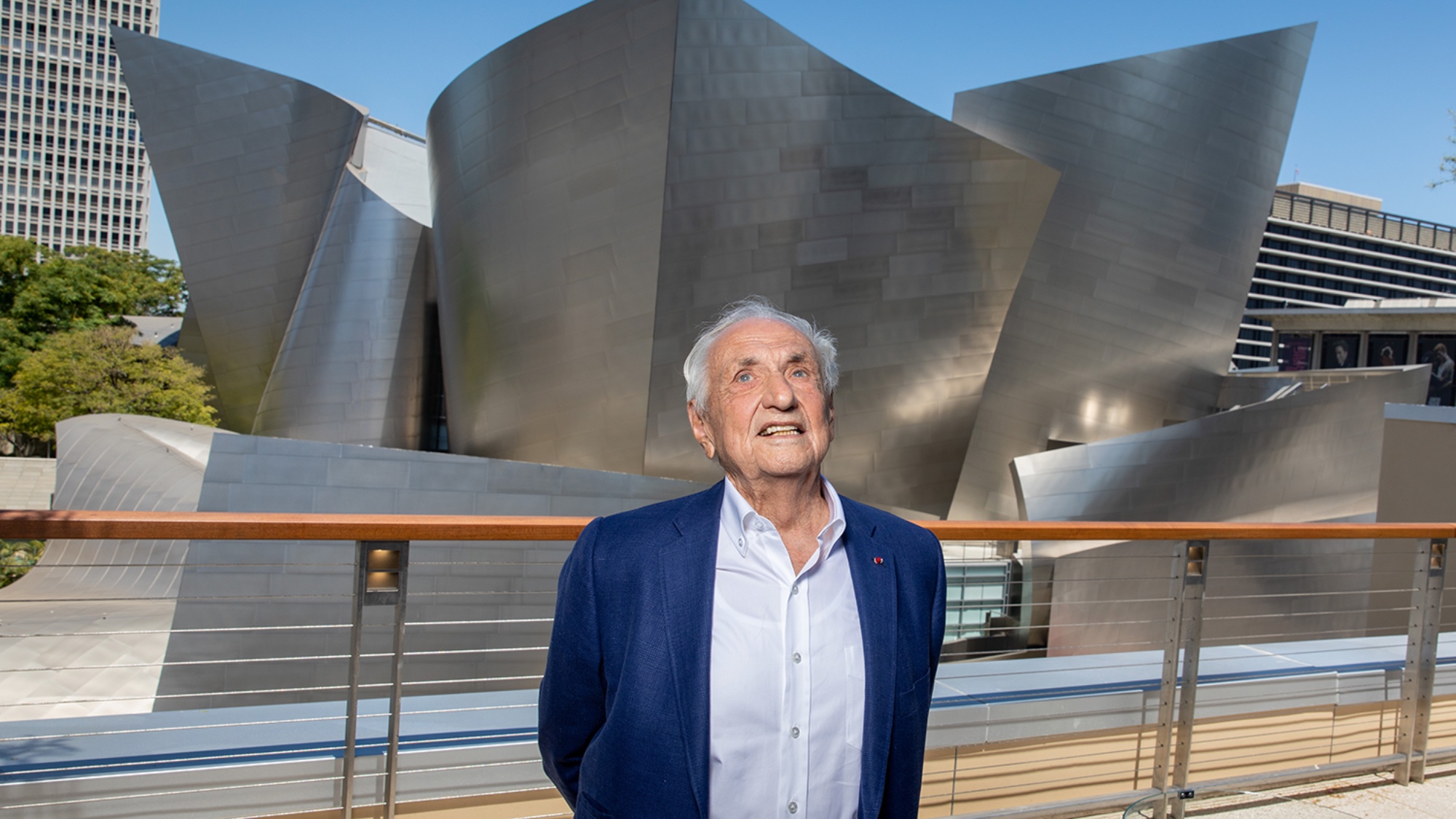 Frank Gehry: the architect who made buildings flow like water
Frank Gehry: the architect who made buildings flow like waterFeature The revered building master died at the age of 96
-
 R&B singer D’Angelo
R&B singer D’AngeloFeature A reclusive visionary who transformed the genre
-
 Kiss guitarist Ace Frehley
Kiss guitarist Ace FrehleyFeature The rocker who shot fireworks from his guitar
-
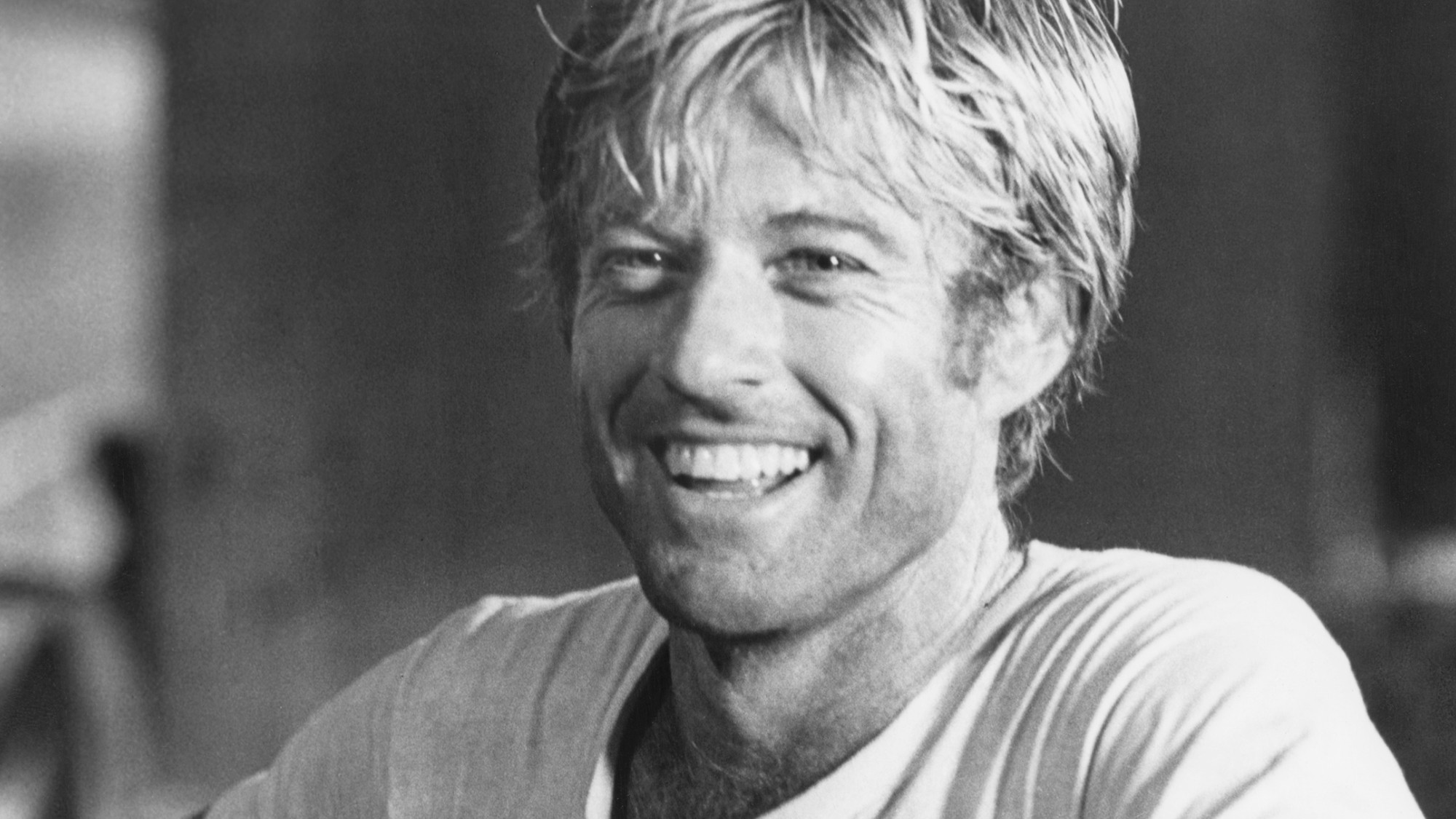 Robert Redford: the Hollywood icon who founded the Sundance Film Festival
Robert Redford: the Hollywood icon who founded the Sundance Film FestivalFeature Redford’s most lasting influence may have been as the man who ‘invigorated American independent cinema’ through Sundance
-
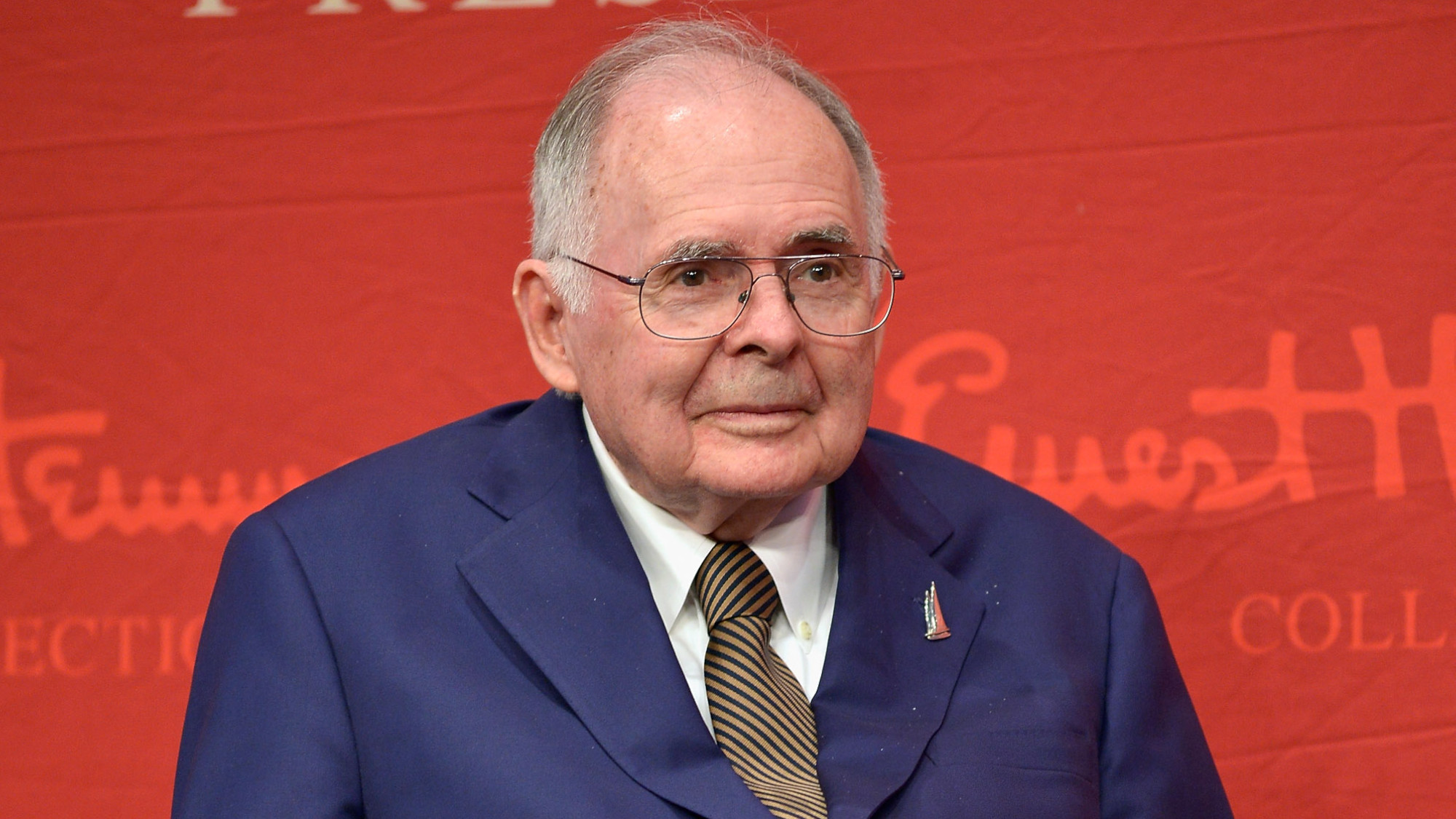 Patrick Hemingway: The Hemingway son who tended to his father’s legacy
Patrick Hemingway: The Hemingway son who tended to his father’s legacyFeature He was comfortable in the shadow of his famous father, Ernest Hemingway
-
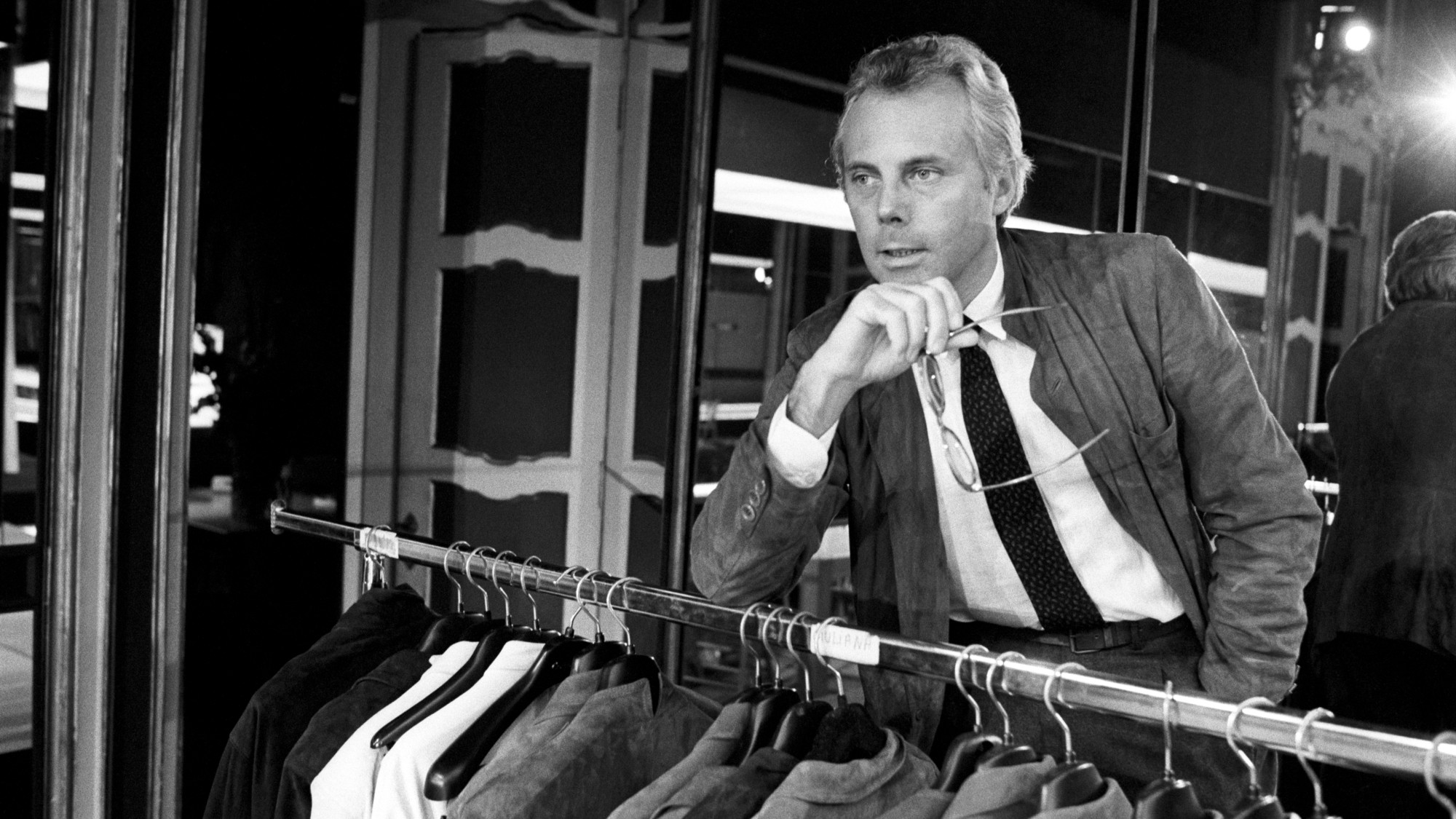 Giorgio Armani obituary: designer revolutionised the business of fashion
Giorgio Armani obituary: designer revolutionised the business of fashionIn the Spotlight ‘King Giorgio’ came from humble beginnings to become a titan of the fashion industry and redefine 20th-century clothing
-
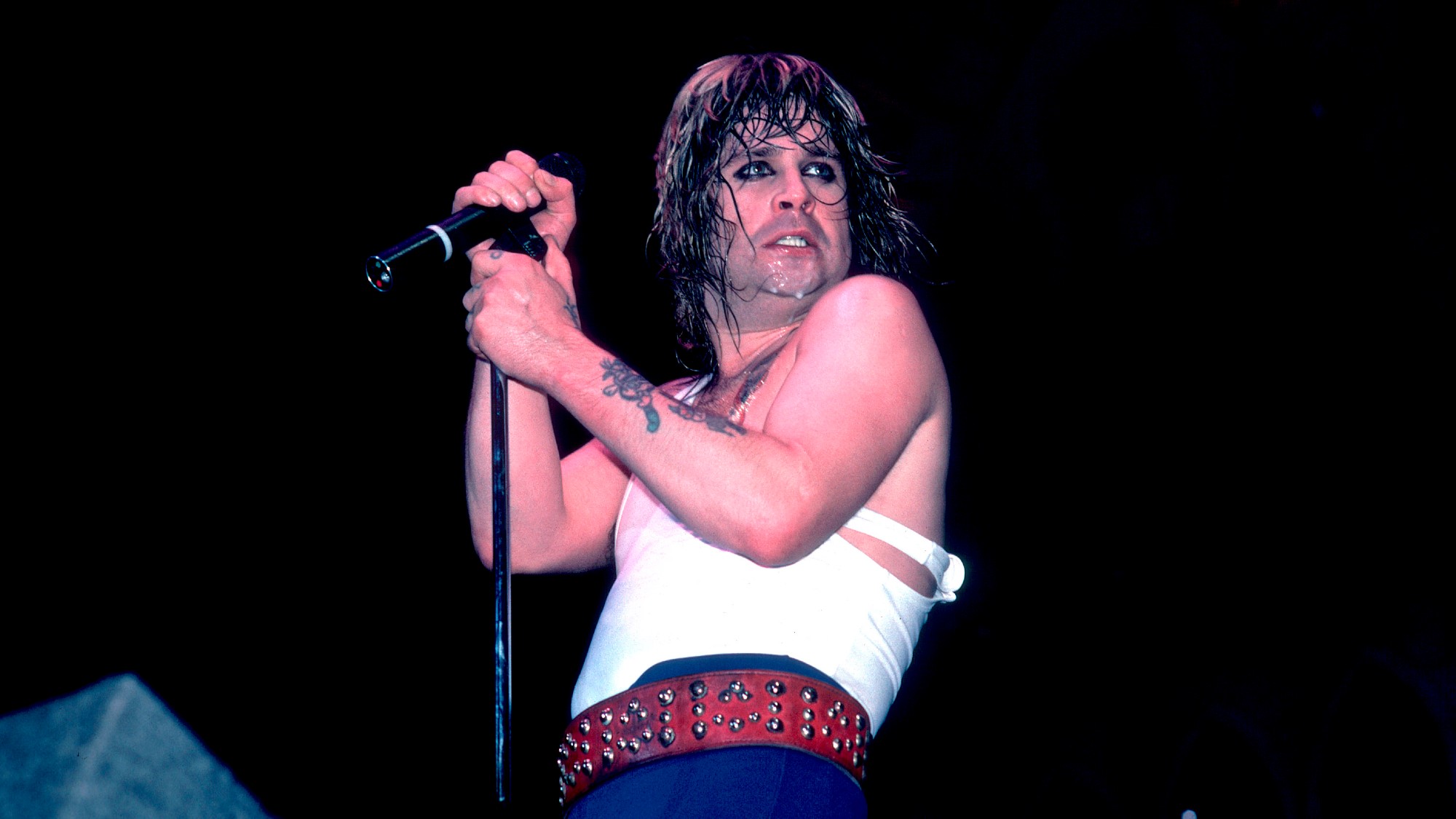 Ozzy Osbourne obituary: heavy metal wildman and lovable reality TV dad
Ozzy Osbourne obituary: heavy metal wildman and lovable reality TV dadIn the Spotlight For Osbourne, metal was 'not the music of hell but rather the music of Earth, not a fantasy but a survival guide'